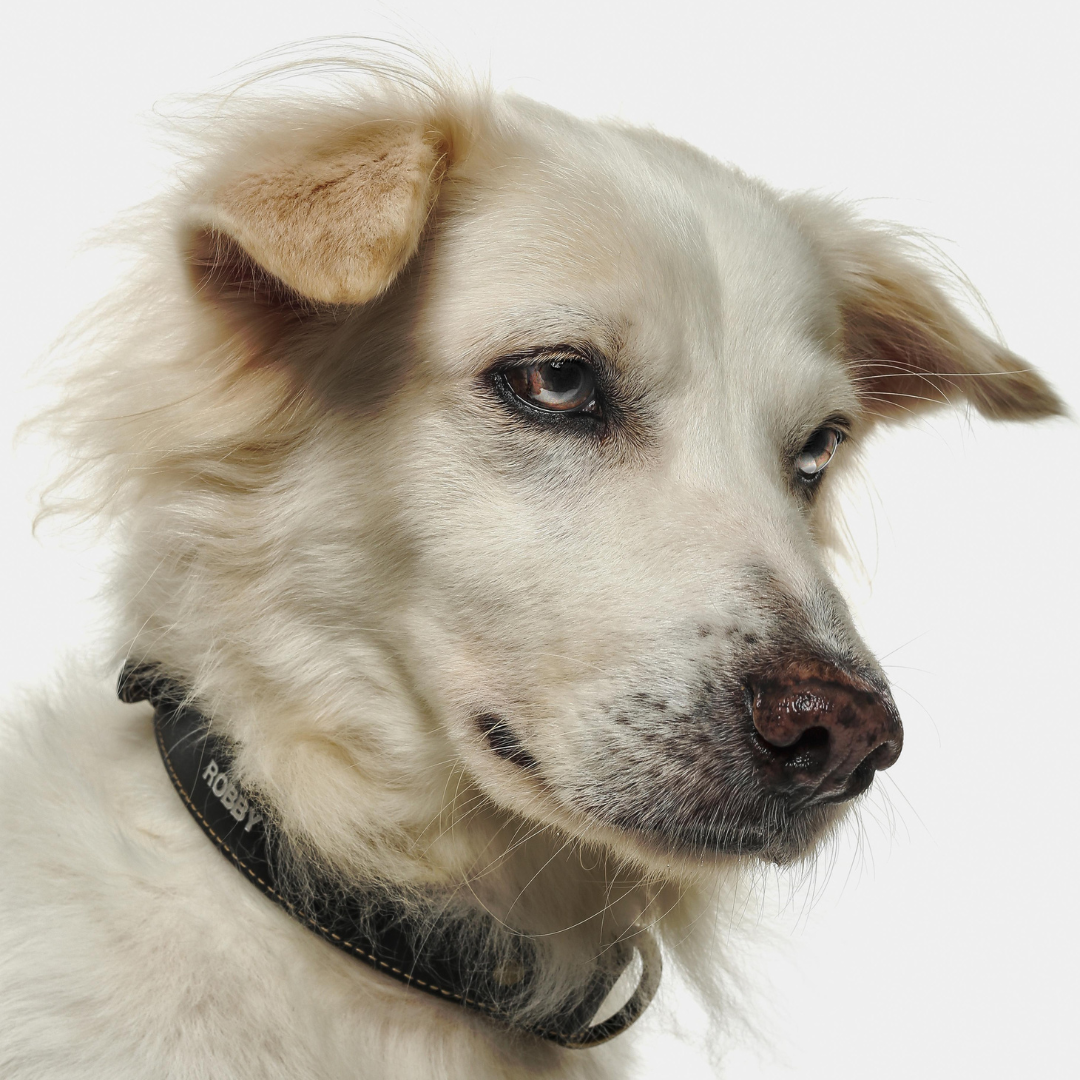Learn about and understand the numbers regarding lost pets in the US and have more hope in finding your FurBaby.
Lost Pet Statistics in the US: Understanding the Numbers and Finding Hope
Pets are an important part of most families in the US. It surely is a heart-wrenching experience for anyone who has to go through losing a pet and doing whatever it takes to find them.
Understanding the statistics surrounding lost pets can provide valuable insights into the recovery process. It also offers hope for those searching for their furry companions.
How Many Pets Are Lost Every Year?
According to the American Society for the Prevention of Cruelty to Animals (ASPCA), roughly 6.3 million companion animals enter animal shelters in the US each year. These consist of about 3.1 million dogs and 3.2 million cats.
Although these numbers have declined over the years since 2011, it’s still sad to know that so many pets don’t have somewhere they can call home. Additionally, while not every one of these pets got lost, these numbers still highlight the staggering scale of companion animals that go missing annually.
One survey done by ASPCA in 2012 also showed how many owners have lost a pet in the past five years. Out of the 1,015 households surveyed, 15 percent of them confirmed that they have had a pet gone missing over the given period.
How Many Dogs Are Found After Getting Lost?
The good news is that a significant number of lost dogs are successfully reunited with their owners. The ASPCA reports that about 93 percent of lost dogs are returned to their homes. This encouraging statistic is a testament to the collective efforts of pet owners, communities, and the various resources available to aid in the search for lost dogs.
How are Lost Dogs Found?
Lost dogs are often found through a combination of strategies and resources. Here are some common methods:
Searching the Neighborhood
Forty-nine percent of dog owners who searched around their neighborhood were able to find their pets.
Identification Tag or Microchip
Fifteen percent of dogs were reunited with their owners because they were wearing an ID tag or were microchipped before getting lost.
How Many Cats Are Found After Getting Lost?
Reuniting lost cats with their owners can be more challenging compared to dogs. According to the ASPCA, approximately 74 percent of lost cats are never found. This statistic is influenced by various factors, including cats' innate roaming nature and their ability to hide in small spaces.
How are Lost Cats Found?
-
Although the odds may seem stacked against finding lost cats, there are strategies that can increase the chances of a successful reunion:
-
-
Went Home on Their Own
Fifty nine percent of cat owners had their pets come back home on their own. These felines have a homing instinct that allows them to find their way back home.
Searching the Neighborhood
Most indoor cats stay close to their homes, seeking hiding spots within a relatively small radius. Thirty percent of cat owners were successful in finding their lost cat by searching the neighborhood.
-
What to Do If You Lost a Pet in an Urban Area?
Losing a pet in an urban area presents unique challenges. Here are some steps to take:
Search the Neighborhood
Start by searching your immediate neighborhood and visiting nearby parks, streets, and areas where your pet may have been seen or attracted to.
Notify Local Shelters and Veterinary Clinics
Contact local animal shelters, rescue organizations, and veterinary clinics to provide them with a description of your lost pet. Provide them with a recent photo and your contact information in case your pet is brought in or spotted.
Utilize Online Resources
Take advantage of social media platforms, local online communities, and lost pet databases specific to your area. Post a detailed description and photo of your lost pet, along with contact information, to increase visibility and reach a wider audience
What to Do If You Lost a Pet in a Rural Area?
If you lost your pet in a rural area, you might have to take a different approach. Here are some things you can do:
Expand Your Search Radius
Pets in rural areas may wander farther from home, so it's essential to expand your search area. Consider contacting neighboring farms, ranches, or properties to inform them of your missing pet and ask for their assistance.
Inform Local Community
Utilize community bulletin boards, local newspapers, and radio stations to spread the word about your lost pet. Rural areas often have tight-knit communities where news can travel quickly.
Employ Wildlife Cameras
In rural areas with dense vegetation or wildlife populations, setting up motion-activated wildlife cameras can help capture images of your lost pet's movements. Reviewing the footage can provide valuable insights into their whereabouts.
Using Data to Make Your Search More Efficient
Losing a pet can be a distressing experience, but understanding the statistics and utilizing effective search strategies can significantly increase the chances of a reunion. Remember, whether you're in an urban or rural area, never lose hope and continue your efforts to find your beloved pet.
Investing in a smart tag for your pet will also be beneficial if they ever get lost. In comparison with microchips, smart tags can easily be scanned by anyone who finds your pet. They don’t need to take your furbaby to a vet before finding your information, contacting you, and reuniting you with your pet.
















































